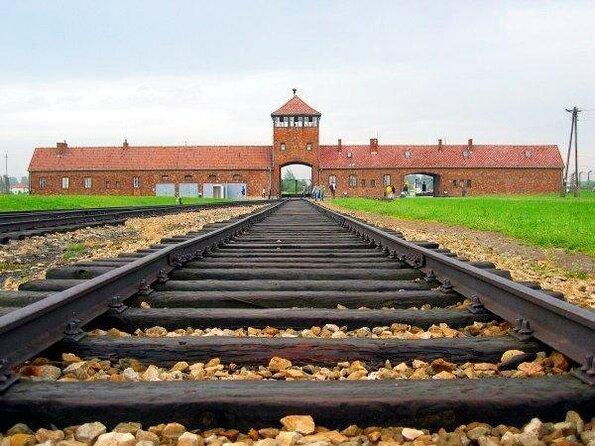A Journey Through History: Exploring Auschwitz on a Guided Tour

Exploring Auschwitz tours on a guided tour is a powerful and somber journey through one of the most notorious concentration camps from World War II. Auschwitz, located near the town of Oświęcim in Poland, was a complex of Nazi concentration camps and extermination camps where over a million people, mostly Jews, were systematically murdered during the Holocaust. A guided tour provides visitors with a comprehensive understanding of the history and the atrocities committed at this site.
Before the Tour:
-
Research and Preparation:
- Before the tour, it's essential to educate yourself about the history of Auschwitz and the Holocaust. Familiarize yourself with the timeline, key events, and the scale of the atrocities.
-
Reservations:
- Auschwitz-Birkenau is a popular destination, and reservations are often required for guided tours. Check the official Auschwitz-Birkenau State Museum website for information on ticketing and reservations.
During the Tour:
-
Arrival:
- The tour usually begins at the main entrance of Auschwitz I. Visitors are provided with headphones to hear the guide clearly as they lead the group through the various parts of the camp.
-
Auschwitz I:
- The first part of the tour typically includes the original camp, Auschwitz I. Here, visitors see the infamous "Arbeit Macht Frei" gate, barracks, and various exhibitions displaying personal belongings, photographs, and documents from the victims.
-
Exhibits:
- Guides often explain the historical context, describe the living conditions of prisoners, and share stories of resistance and resilience. Exhibits may include the hair of victims, shoes, glasses, and other personal items, underscoring the scale of human suffering.
-
Block 11 and the Death Wall:
- Block 11, known as the "Death Block," housed the camp's detention cells and the standing cells. The Death Wall is where many prisoners were executed. Guides provide chilling accounts of the brutality that took place here.
-
Auschwitz II-Birkenau:
- The tour usually continues to Auschwitz II-Birkenau, the larger and more infamous part of the complex. Visitors see the remains of the gas chambers, crematoria, and the vast selection and execution areas.
-
Reflection Points:
- Throughout the tour, there are moments for reflection. Guides encourage visitors to contemplate the historical significance of the site and the impact of the Holocaust on humanity.
After the Tour:
-
Debriefing:
- Many guided tours include a debriefing session where participants can ask questions, share their thoughts, and discuss the emotional impact of the visit.
-
Memorializing:
- Consider participating in memorial activities, such as lighting a candle or laying flowers at the memorial sites, as a way to pay respects to the victims.
-
Education and Advocacy:
- Use the experience to further educate others about the Holocaust, the consequences of hatred, and the importance of promoting tolerance and understanding.
Visiting Auschwitz on a guided tour is a profoundly moving and educational experience, providing a stark reminder of the importance of preserving historical memory and working towards a more compassionate world.
- Art
- Causes
- Crafts
- Dance
- Drinks
- Film
- Fitness
- Food
- Jogos
- Gardening
- Health
- Início
- Literature
- Music
- Networking
- Outro
- Party
- Religion
- Shopping
- Sports
- Theater
- Wellness
- IT, Cloud, Software and Technology


